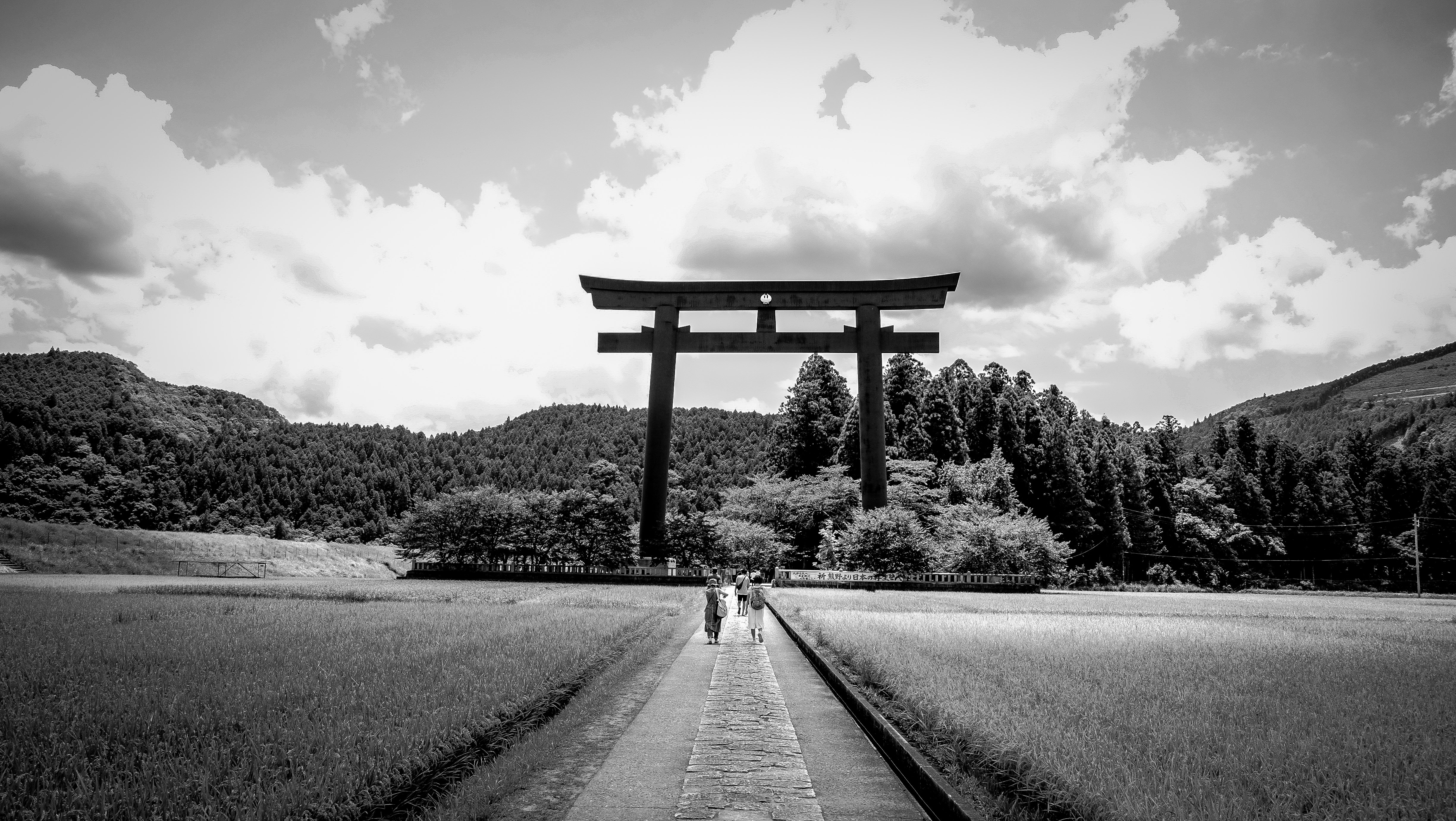4 Reasons to try Living in the Japanese Countryside
or at least in a smaller city
Disclaimer: I live in Imabari, a small city in Ehime prefecture. Whether you would consider it “living in the Japanese countryside” is up to you. The locals here certainly refer to it as the “countryside”.
When you first think about moving to Japan you usually think of the bustling city life of Tokyo or Osaka, or perhaps the beauty and tradition of Kyoto. People rarely imagine living in the Japanese countryside or some of the smaller cities of Japan.
I’ve been living in the prefecture of Ehime, on Shikoku, for seven years now, and though I would like the experience of living in a bigger city one day, there are so many reasons that I am really enjoying my time here.
Improving your Japanese
Outside the larger cities very few people can speak English to a conversational level. This means when you are living in the Japanese countryside you’re forced to use Japanese in your daily life everyday. Living in the big cities there is a higher chance that the random person who helps you on the street will speak some English. There will, in all probability, be someone who can speak English at every cafe, bar, public office, or bank that you go to.
In my personal experience even the move from Matsuyama (500,000 people) to Imabari (170,000 people) was a big shock. In Matsuyama I had a few good Japanese friends who could help me if I got stuck, or if I had to deal with the bank or the local government office. But to a large extent, I didn’t need to use Japanese to survive.
It was not like that here in Imabari. There are very few foreigners and fewer western foreigners. To the extent that you are an oddity walking down the street, or shopping at the supermarket. When you walk into a shop you can often see the panic in the eyes of the staff that they might be called on to say something in English. After moving to Imabari I started to feel for the first time that my Japanese ability was better than some people’s English. And my Japanese is continuing to improve because of it.
The Sights
The Japanese countryside is beautiful. You are so much more aware of the seasons and seasonal activities surrounding them. The whole landscape changes colour with the blooming of the cherry-blossoms in spring and the leaves changing colour in autumn.
As well as these you have those activities which are seasonal. The planting of the rice before the rainy season, and its harvest in early October. Last weekend we just had the harvest matsuri which is a festival held in preparation for the rice harvest.

Space
I’m from New Zealand, so Japan is a comparatively busy place. Even though I was only living in a city of about 500,000 people when I arrived in Japan, about the same size as my hometown, it had a crowded feeling to it because people lived in a much smaller area.
Apartment living was a bit of a shock to me, because it is not common in New Zealand.
To give a quick comparison, the city where I currently live has a population of 170,000, and a population density of 411 persons per square km. Tokyo has a population of 38,000,000 with a population density of 6224 persons per square km.
Money
Of course, you won’t earn more money living in the Japanese countryside, but living away from the big cities will certainly save you money. A lot of money.
Of course the biggest saving is accommodation.
Comparison of accommodation costs between Imabari and Tokyo
Over the past few years I have been living in a small one person apartment in Imabari. I paid 37,000 yen per month for a furnished apartment. I was interested in how much a comparative apartment would cost in the centre of Tokyo. The cheapest comparative apartment I could find was 90,000 yen.
I did find an apartment cheaper than that at 87,000 yen but it was for a one room apartment with no separate kitchen, only 14.2 square meters.
Rent Comparison
My Apartment in Imabari
Basic Rent – 37,000
Maintenance – 6,000
19.87 square meters
15 minute walk to the nearest station
Similar Apartment in Shinjuku
Basic Rent – 90,000
Maintenance – 10,500
20.62 square meters
7 minute walk to the nearest station
No Travel Costs
I bike everywhere. I can bike from home to work in five minutes. Or from home to the city centre in ten minutes.
I hope I’ve given you enough reasons to try living in the Japanese countryside. What do you think? Are you a city person? Or does a rural lifestyle appeal to you? Please let me know in the comments.

Hi, I have a couple of questions about living in imabari and finding housing, could you help me?
Sure.
You can ask them here or on my email, writeteachjapan@gmail.com .